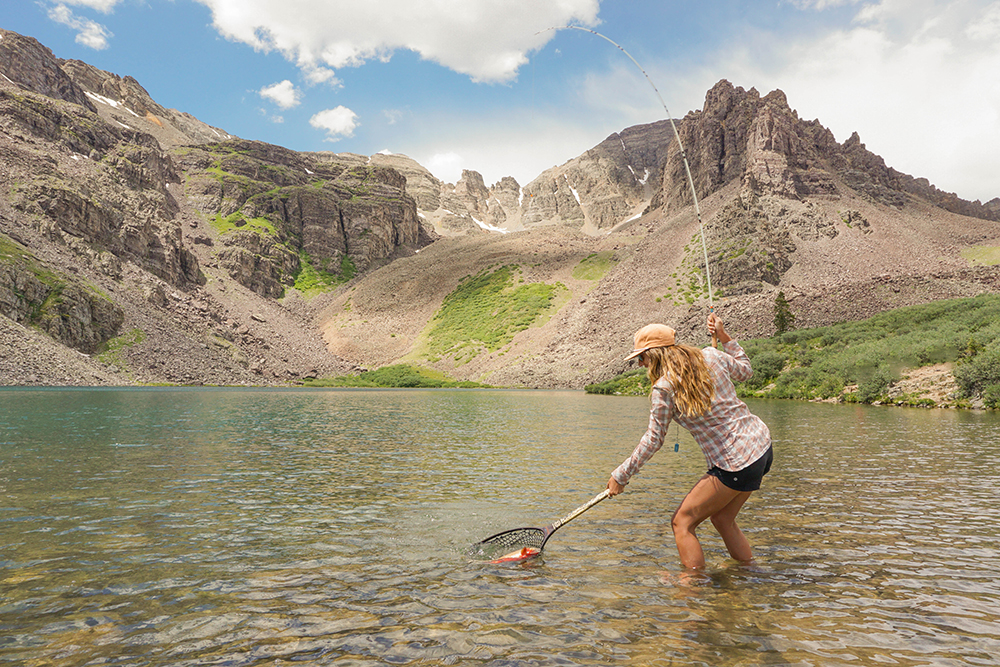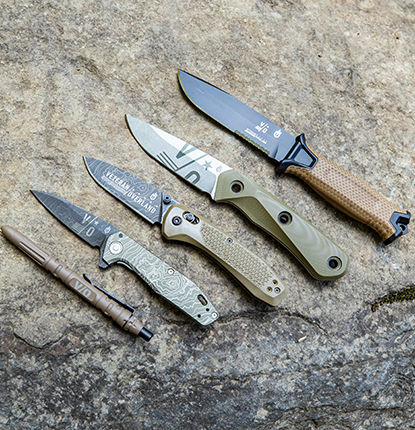
Written by Shyanne Orvis, Colorado fly fishing guide.
Fly-Fishing Alpine lakes in the high country can be challenging but rewarding for any fly fishing enthusiast. While the rivers are high and lakes begin to thaw, I find myself hiking up to remote lakes in search for wild, vibrant Cutthroat trout. The ability to sight-fish for trout in crystal clear water can draw in any angler searching for a thrill. Here’s a few tips to help guide you on your next high alpine fishing adventure.
1. Essential Gear
The right gear is pivotal to a successful high alpine fishing trip. You don’t need much, but the gear you do choose is essential. What weight rod is ideal for high alpine fisheries? I prefer a 3 weight rod. Light enough to hike with and an absolute blast when you’re hooked up! Grab a waterproof backpack (with rod straps) to hold your gear in and make sure to bring plenty of tippet, flies, leaders & dry shake!
As for tools, I always bring my Gerber LineDriver tool – the perfect multi-tool for line management. It’s everything you need in one convenient tool.
2. Observe the Fish and their Behavior
Prior to making a cast, step back and observe the trout’s behavior. Are they looking up and eating bugs on the surface or are they cruising pretty quickly in the depths. When you do decide to make a cast, try to make every cast count. Ideally, you want to lead the fish with a well placed cast a few feet in front of the fish.
3. Dry Fly & Streamer Fishing Territory
Rarely do we get the chance to sight fish crystal clear waters to rising trout. I’m sort of a dry fly finactic when i’m in the high country, and I tend to focus on the cruising cutthroat trout, waiting for the opportunity to present a dry. If they aren’t looking up, switch over to a wooly bugger or streamer of your choice. As for some of my go-to flies, these always seem to do the trick. Any Terrestrial pattern like ants, damselflies, mosquitos & some other favorites are caddis, parachute adams and of course, wooly buggers.
4. Safely Handle & Release the Fish
Be sure to be mindful of the fish and wet your hands prior to handling them! Trout have a protective slime coating to prevent them from bad bacteria & diseases. I try to keep them in the net the entire time and only take them out for a quick photo. The less we touch and handle the fish, the less stress we are putting them on. Last but not least, have fun! I mean… It’s just fishing (:





